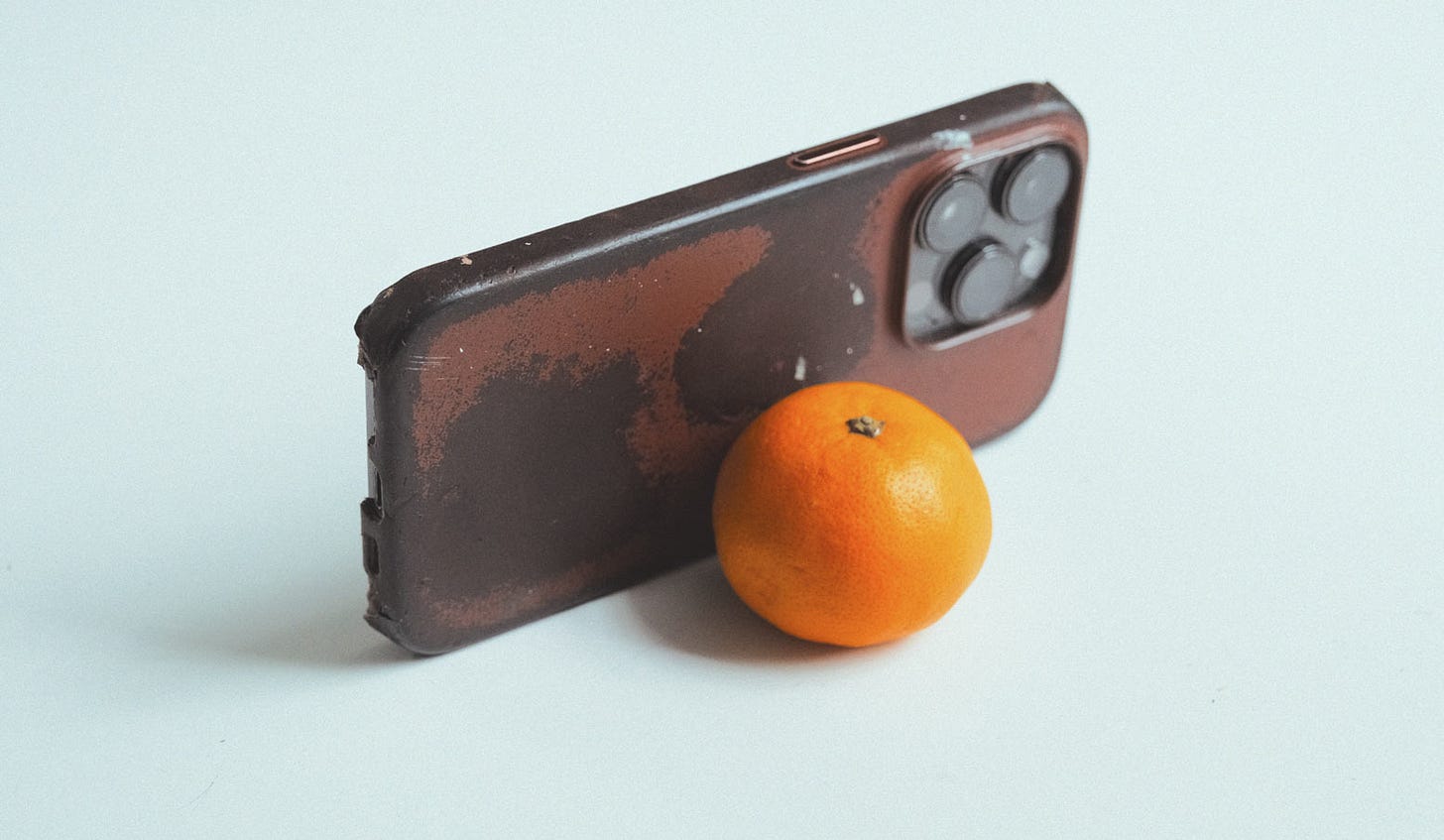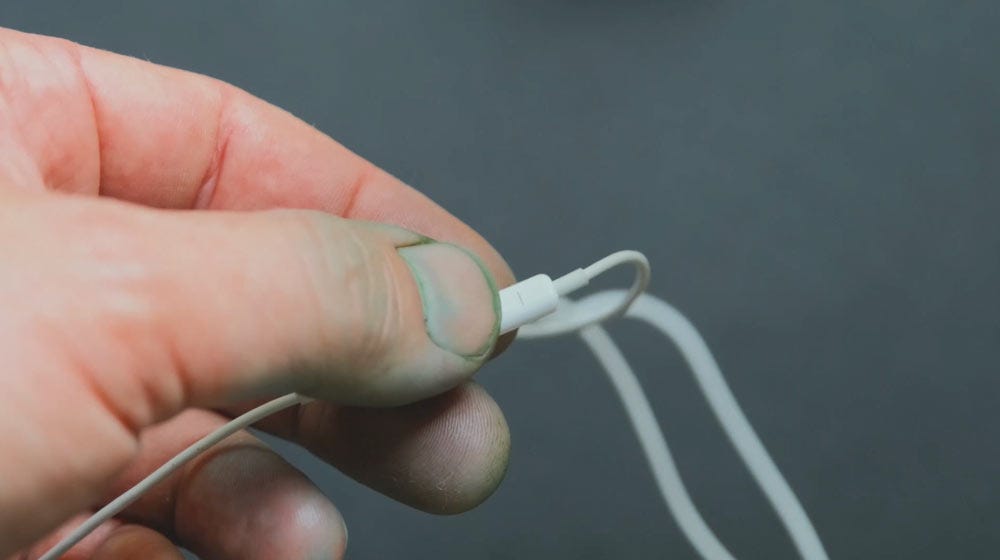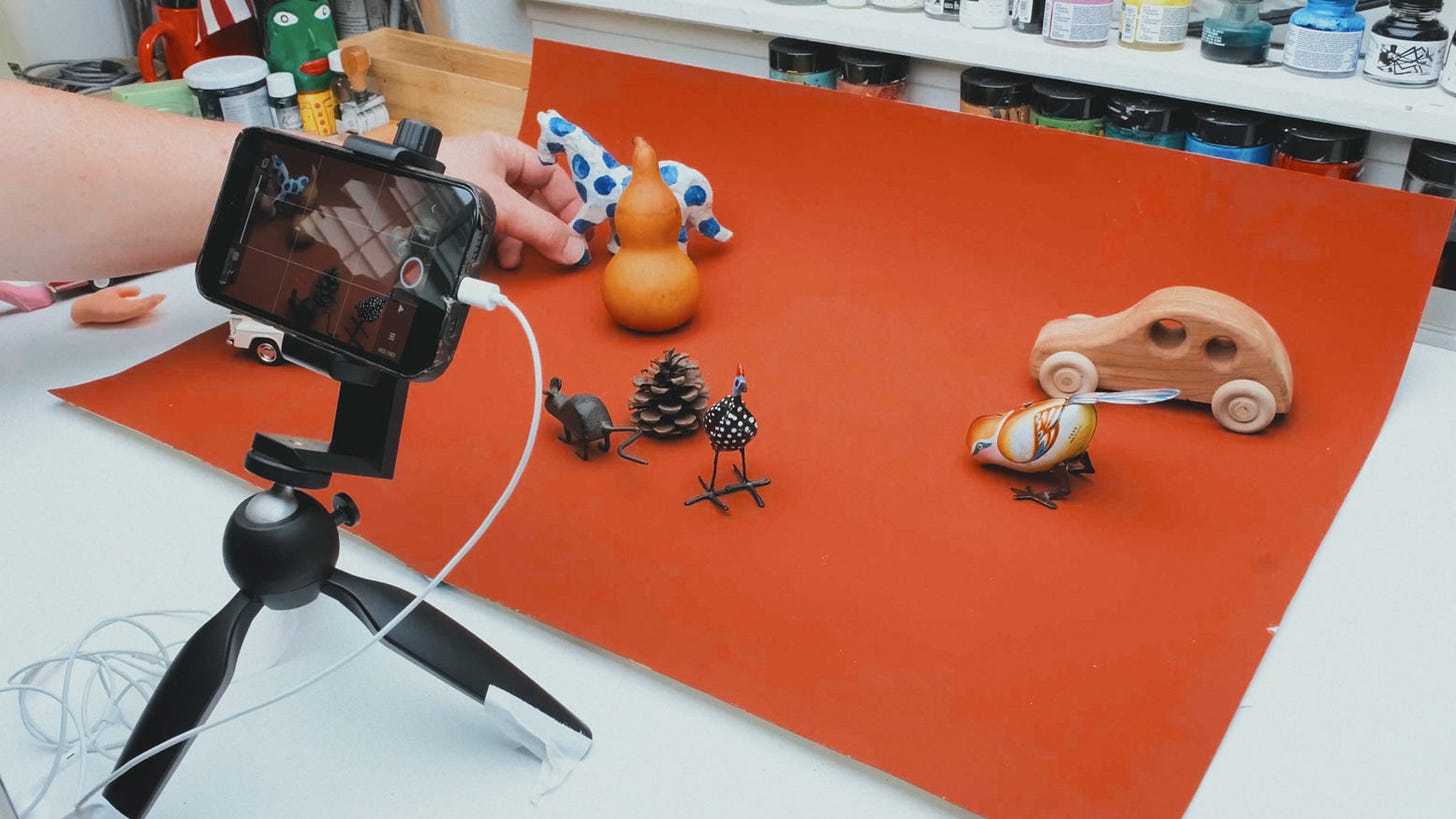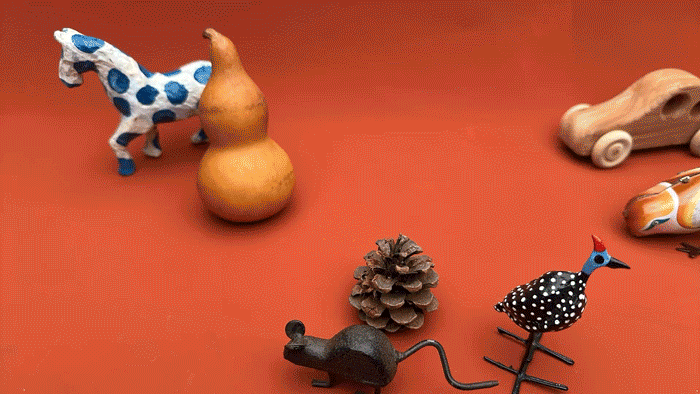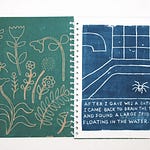Hello and welcome, soon-to-be-animators to Stop Motion Studies. Today we’re going to be animating objects. What I love about this technique is that it brings ordinary things to life in a magical way. You don’t need to be skilled at drawing or buy expensive equipment. All you need is:
Phone or tablet
Stop Motion Studio (free app)
Tripod (or a tangerine)
First, download Stop Motion Studio on your phone or tablet. When you open it, you can select the ➕ button to start a new animation. I would encourage you to click the 💡 icon (or visit Stop Motion Studio's YouTube channel) at some point to access their video tutorial library. You can watch them all in less than 20 minutes—that’s how I learned.
When trying anything new, I like to think of my first attempts as experiments. It’s not about being good right away. It’s about seeing “what happens if…?” No matter the results, you will have learned something new. So with this spirit, let’s begin our first experiment.
Study 1: Eggs (Similar Objects)
On Saturday, we dyed Easter eggs. They reminded me of little planets, and I knew I wanted to animate them. A great way to begin animating is to start with a collection of similar objects. You could try postcards leaves, or magazines.
Process
Set up your shot with the object in the center of the frame
Press the red button to capture a frame
Swap in your next object and repeat the process
💡Tip: The volume up button on headphones can be used as a shutter release. This way you can take photos without tapping your screen, which might accidentally move your shot out of alignment.
🎥 Project: Make an animation using similar-sized objects like postcards leaves, or magazines.
Study 2: Dishes (Varied Objects)
For the next experiment I wanted more movement. I used a stack of different-sized dishes to create the illusion that they were growing. You could try this with books, fruit, or seashells.
💡Tip: The slider on the left-hand side of the screen is called the onion skin. It allows you to adjust the transparency between your current shot and the previous frame. This is extremely helpful when aligning your shots. In this case, I wanted each dish to be perfectly centered, which I could see thanks to this slider.
Process
Set up your shot with the object in the center of the frame
Press the red button (or volume up on headphones) to capture a frame
Swap in your next object (align using the onion skin) and repeat the process
Stop Motion Studio defaults to 5 frames per second—this can lead to choppy animation. It worked on the last animation where I wanted to clearly see each egg but for a smoother animation you’ll want to increase the frame rate. If you click on the ⚙️ icon in your project you can adjust the frame rate to something faster. In this case, I used 12fps, which is a standard animation speed. Luckily, you can do this at any time and I recommend playing around with different frame rates to get different results.
🎥 Project: Make an animation using objects of varied sizes like books, fruit, or seashells. Shoot them from smallest to largest and watch them grow. Try different frame rates and notice the different visual rhythms.
Study 3: Toys (Moving Objects)
Okay! Now for the fun stuff. Time to gather all the little doodads in your house and make a movie.
💡Tip: In animation, fast things move more between each frame. Experiment by moving two objects at different rates. The horse moved about ¼ inch each frame and the car moved about 1⁄2 inch. You don’t need to be exact but try to stay consistent. The onion skin helps a lot with this.
Process
Set up your shot with your object(s) against a background
Decide how fast you want your objects to move ahead of time
Press the red button (or headphones) to capture a frame. Move each item its determined distance. Use the onion skin to double-check that everything moved.
Repeat
🎥 Project: Make an animation using toys or other household objects. Try moving the objects at different speeds. Have a slow-moving object move ¼ inch each frame while a faster object might move 1⁄2 inch or more per frame.
Conclusion
Stop motion is fun. You should try it. Use one of the projects above as a starting point—or invent your own. I’ve started a new Substack Chat where people can post their stop motion experiments. I’m looking forward to seeing what you make!
If you’re interested in learning more about stop motion animation, I recommend Rachel Bevan Baker’s Animation Pie Substack. If you’re looking for stop motion inspiration, my friend Case Jernigan is a master of the form—check out his Vimeo and Noggin Substack. Or look up Jan Švankmajer and have your mind blown.



